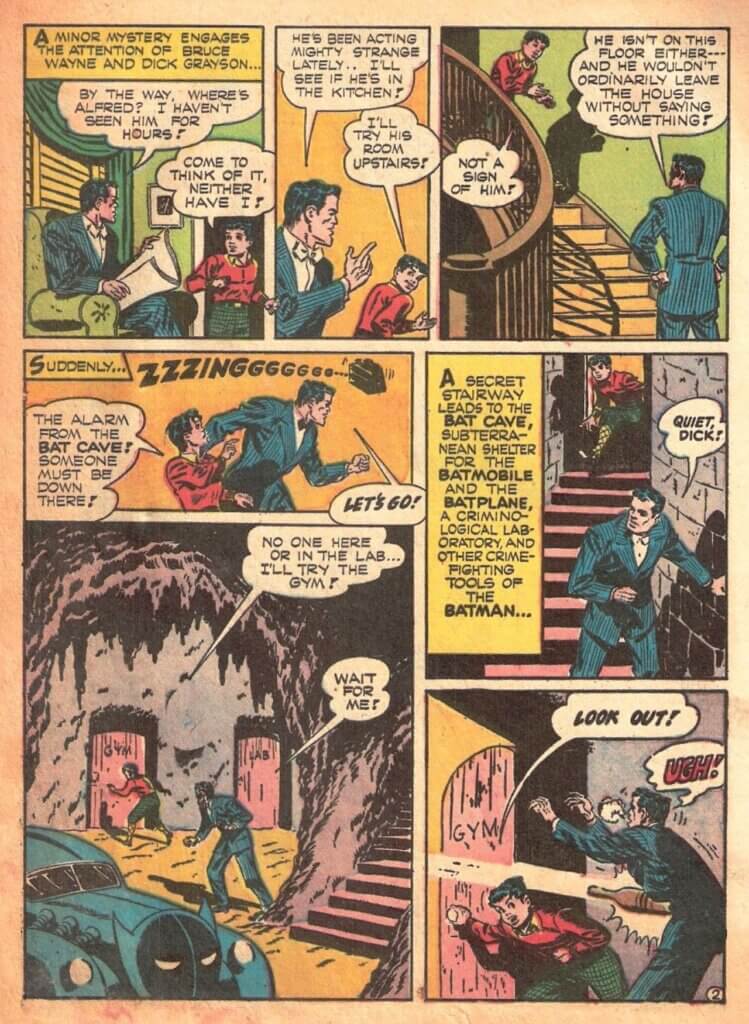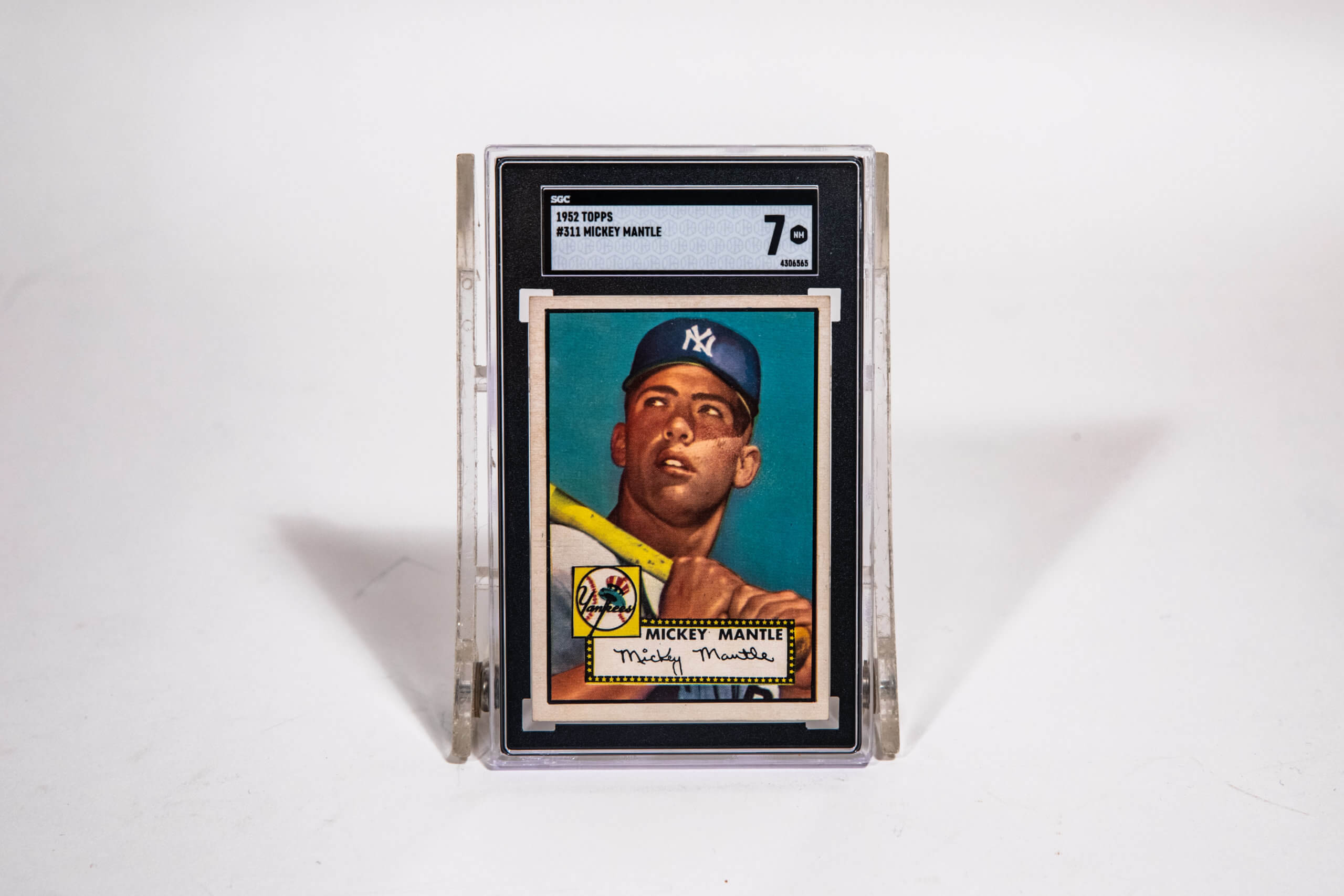Blog > Stories
Superman And Batman: How Surprising Sources Shaped The Characters We Know Today

Blog > Stories
Superman And Batman: How Surprising Sources Shaped The Characters We Know Today

Home Sweet Hideout
Early on, neither Superman or Batman spent much time at home. It was usually just a backdrop when receiving a notification about someone in danger or a break in the case.
Alien Architecture
Eventually, Superman was granted a “secret citadel” in Superman #17 (Summer 1942) just outside of Metropolis. The descriptive narration reads, “His task completed, Superman relaxes within his mountain retreat surrounded by trophies of his many crime-battles…” – quite different from the Superman base we all know and love.
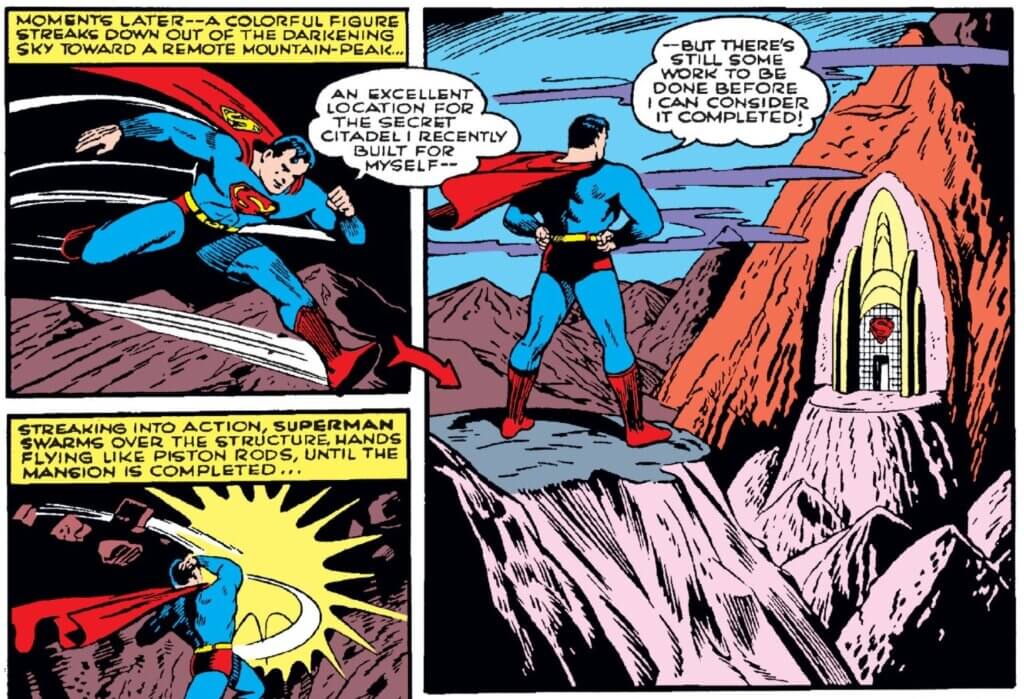
Maybe you’re wondering when he finally gets his Fortress of Solitude in the icy tundra? The notion was long part of pulp character Doc Savage’s world, dating back to the October 1938 issue, aptly titled “Fortress of Solitude.” The fortress wasn’t used as much as his base on the 86th floor of a New York Skyscraper, but was important nonetheless. Doc Savage Magazine ran for a total of 181 stories from 1933 until the summer of 1949.

You know what else happened in the summer of 1949? Superman debuted a new base in issue #58. “My Fortress of Solitude!,” he proclaims. “I built it here in the polar wastes because the intense cold keeps away snoopers.” At least the Superman creative team waited until Doc Savage was over before they swiped it.

A Series of Batcaves
When not actively fighting crime, Batman and Robin spent most of their time lounging in Wayne Manor waiting for action. They would change into their costumes in the study or whatever room they happened to be in and then the next panel would show them driving or flying in the Batplane to the scene of interest.
The iconic Batcave that we know today loaded with a giant penny, an animatronic T-Rex, and countless bat-themed vehicles and gadgets had humble beginnings. It debuted in the Batman live-action serial on July 16, 1943, as a small, rocky backdrop with a bat logo on the wall. A sparse desk surrounded by office chairs is all Batman kept inside. Here’s how it’s described in the opening narration.
“High atop one of the hills which ring the teeming metropolis of Gotham City, a large house rears its bulk against the dark sky. Outwardly, there’s nothing to distinguish this house from many others, but deep in the cavernous basement of this house in a chamber hewn from the living rock of the mountain is the strange, dimly lighted, mysteriously secret Bat’s Cave, hidden headquarters of America’s number one crimefighter, Batman.”
Batman serial, Chapter 1 “The Electrical Brain” July 16, 1943.
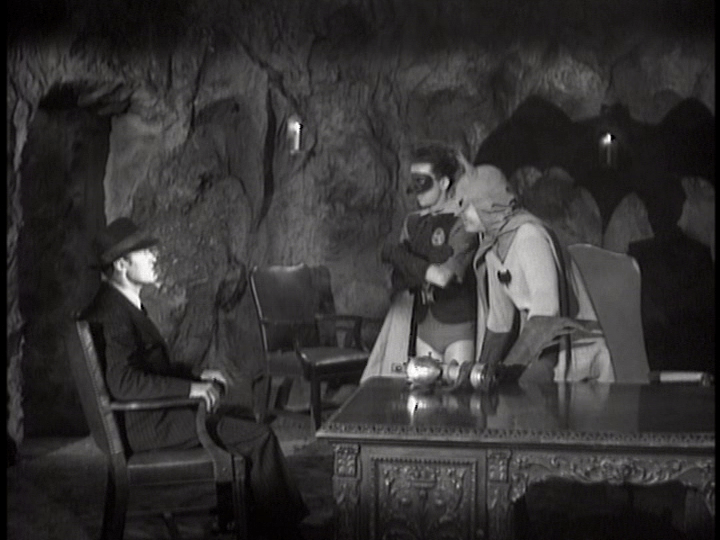
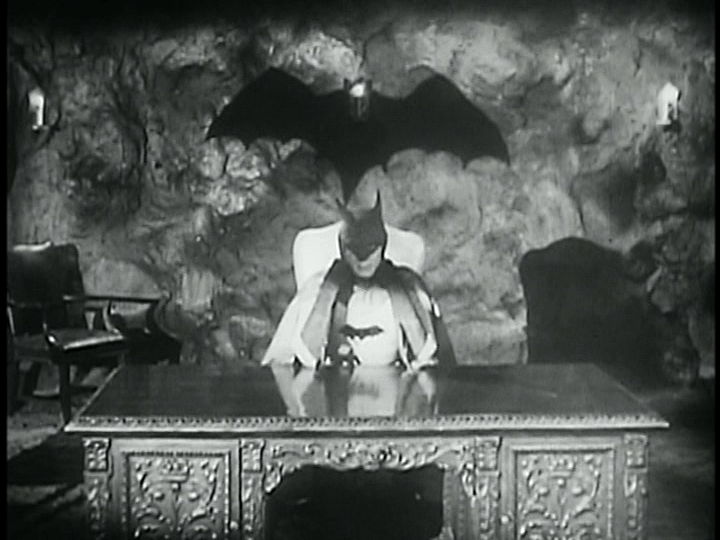
As the subsequent chapters play out, it’s clear the “Bat’s Cave” serves primarily as a jail and interrogation room for criminals. They couldn’t just handcuff bad guys to a chair in the dining room of Wayne Manor after all.
The serial’s Batcave was an intriguing enough idea that Batman co-creator Bob Kane decided to incorporate it into one of the early daily Batman newspaper strips. On October 29, 1943, fans saw a cutaway that mapped out Batman’s underground lair with far more depth and complexity than what was seen in the serial. This would be the first time it was actually called “The Bat Cave.”

The famed lair finally made its way to the comics in the January 1944 issue, Detective Comics #83. The description reads, “A secret stairway leads to the Bat Cave, subterranean shelter for the Batmobile, and the Batplane, a criminological laboratory, and other crime-fighting tools of the Batman….” The creators implied it had always been there and we just hadn’t seen it yet.
